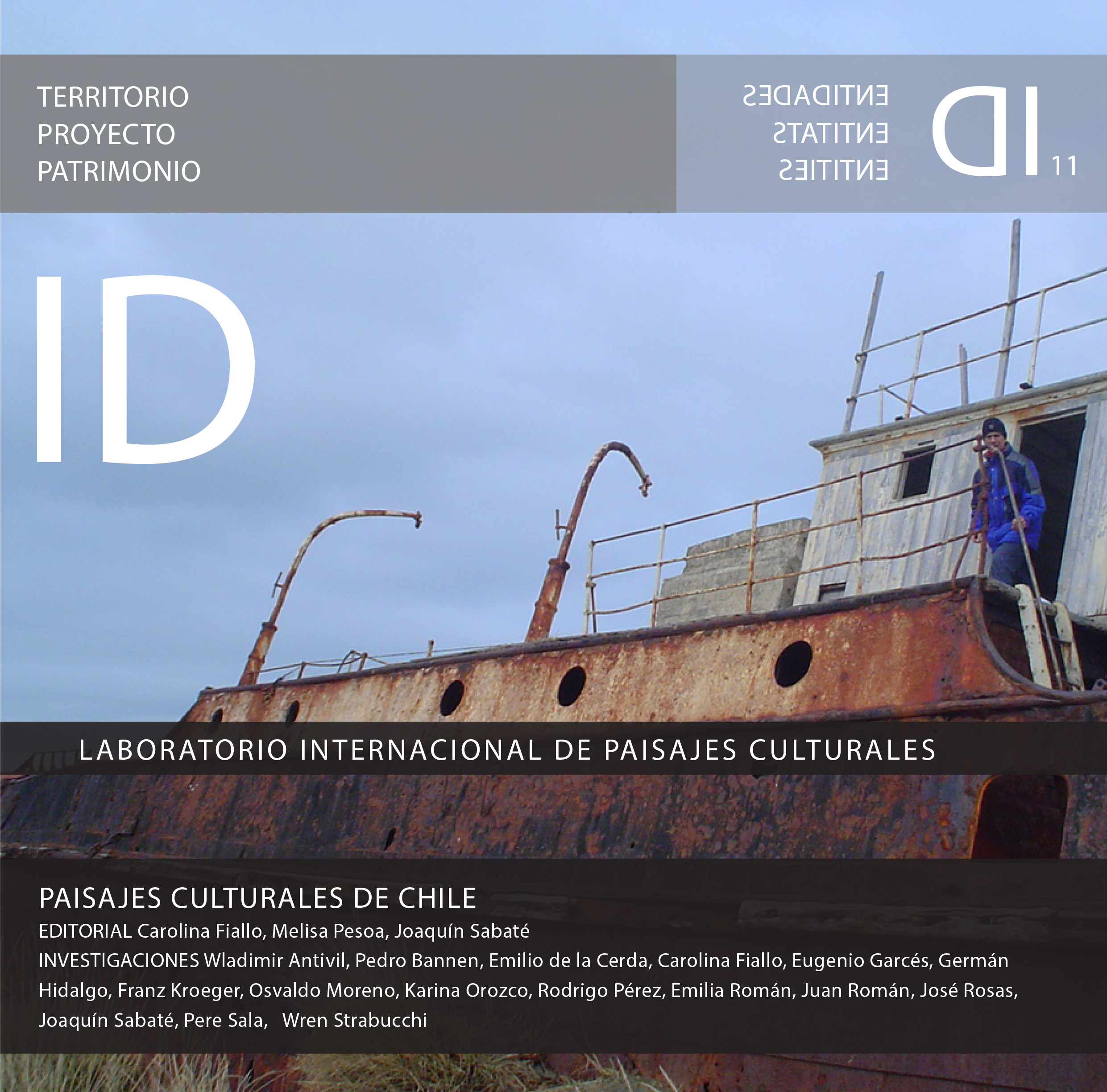La naturaleza culta del paisaje
DOI:
https://doi.org/10.5821/id.12011Resumen
Al explicitar el interés que le genera cómo la “nueva interpretación de la historia se traslada desde el museo o la colección privada al paisaje rural más extenso y al paisaje urbano,” John Brinckerhoff Jackson recuerda que tan pronto como terminó la Guerra Civil en los EEUU “hubo un deseo generalizado de declarar el campo de batalla de Gettysburg como monumento. Esto fue algo inédito: un enorme paisaje poblado de miles de acres de campo, caminos y granjas convirtiéndose en monumento de un evento que había ocurrido allí.”1 Se refiere al sitio histórico de Gettysburg, donde en 1863 se libró la mayor batalla de la Guerra Civil de EEUU y donde Lincoln pronunció un famoso discurso conocido como el Gettysburg Address.
Publicado
Número
Sección
Licencia
Derechos de autor 2023 Creative Commons

Esta obra está bajo una licencia internacional Creative Commons Atribución-NoComercial-CompartirIgual 4.0.
Aquellos autores/as que tengan publicaciones con esta revista, aceptan los términos siguientes:
- Los autores/as conservarán sus derechos de autor y garantizarán a la revista el derecho de primera publicación de su obra, el cuál estará simultáneamente sujeto a la Licencia de reconocimiento de Creative Commons CC BY-NC-ND- 4.0 que permite a terceros compartir la obra siempre que se indique su autor y su primera publicación esta revista, pero no se pueden cambiar ni se pueden utilizar comercialmente.
- Los autores/as podrán adoptar otros acuerdos de licencia no exclusiva de distribución de la versión de la obra publicada (p. ej.: depositarla en un archivo telemático institucional o publicarla en un volumen monográfico) siempre que se indique la publicación inicial en esta revista.
- Se permite y recomienda a los autores/as difundir su obra a través de Internet (p. ej.: en archivos telemáticos institucionales o en su página web) antes y durante el proceso de envío, lo cual puede producir intercambios interesantes y aumentar las citas de la obra publicada. (Véase El efecto del acceso abierto).













